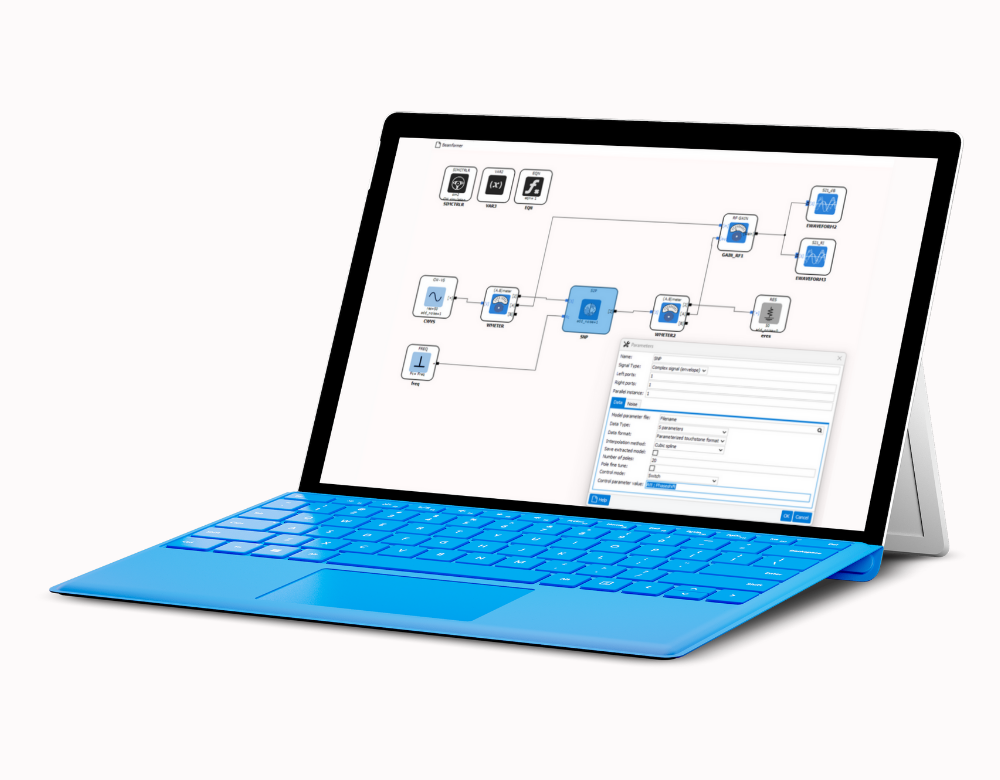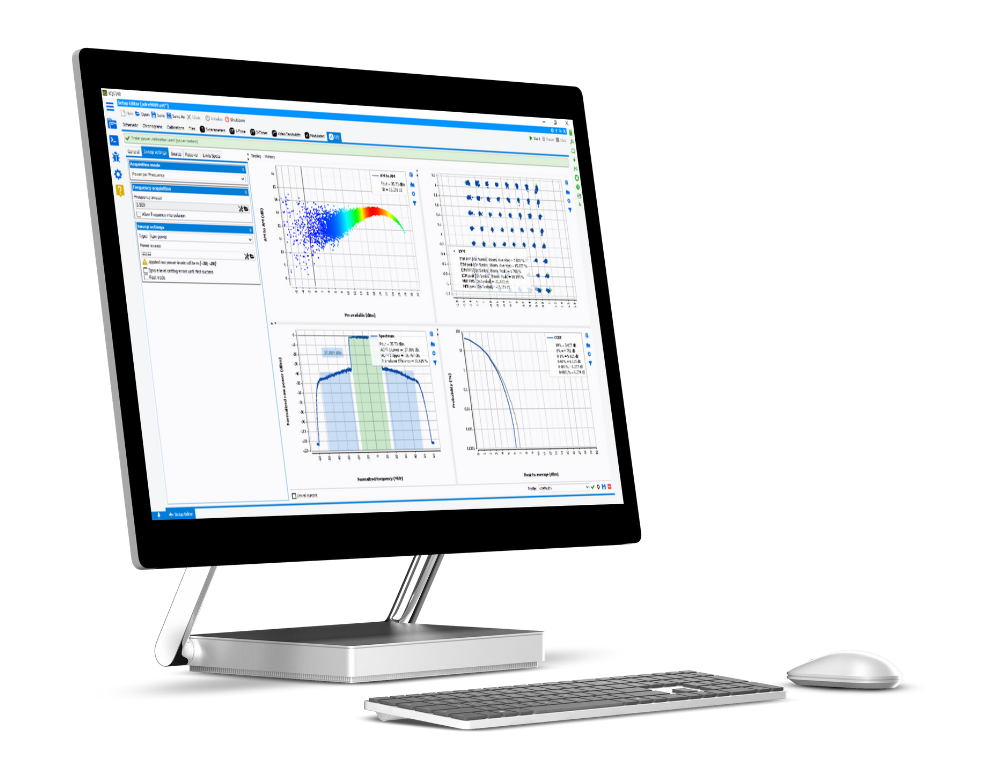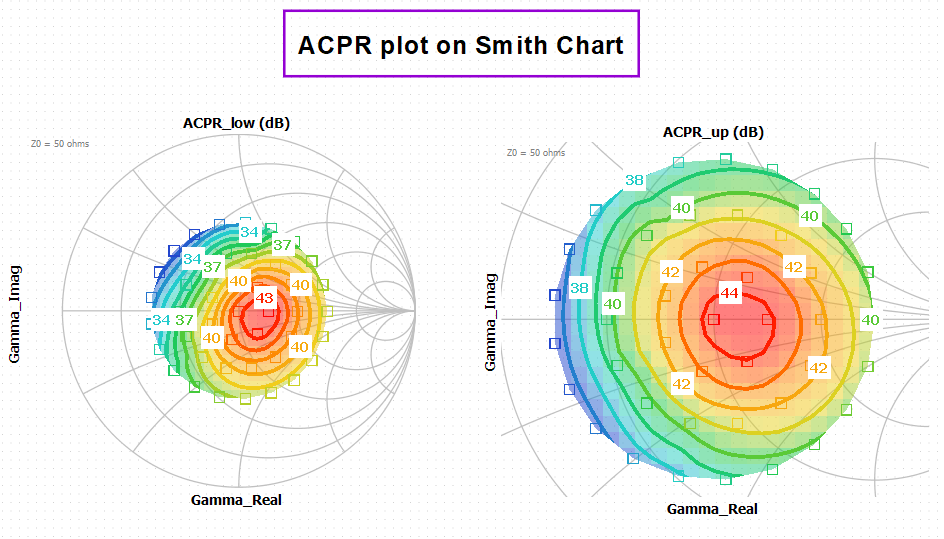VISION version 2.3 is out with more advanced models and features for a better user experience.
VISION 2.3 New Models
The growing popularity of VISION brings its share of customer requests to include new software capabilities allowing them to model their circuits and systems. The last release of VISION includes two new models:
Parametrized SNP Model Extraction and Simulation

Basic S-Parameter models are extracted for one state of the circuit. This model presents limitations when addressing complex systems like beamformer networks and switches. The Parametrized SNP Model enables the extraction, based on S-Parameter measurements, including different control states or environmental conditions, like, attenuations, phase shifters, variable gains, temperature, bias etc. The list of controls is not limited to the state conditions of a circuit but can also include the dispersion of multiple samples.
HPA-B-HFLF Bilateral High-Frequency and Low-Frequency Power Amplifier Model

Power amplifiers can exhibit different phenomena needing to be modeled. The Low-frequency memory effect mostly addresses the thermal dependency and the trap effects. This model can predict a better response to a wideband modulated signal. On the other hand, the Bilateral effect on a Power amplifier predicts its behavior under different load and source impedances. Until now, VISION included two different models to address these phenomena. However, a realistic system would need a single model to address both behaviors simultaneously. This new model, HPA-B-HF-LF is necessary to support our customers dealing with complex circuits presenting sensitivity to the load and source impedances and low-frequency memory effects generated by wideband modulated signals.
VISION Main Features
Multiple features were added to the VISION software to improve the test engineer’s modeling and simulation efficiency and provide an appropriate tool for thoroughly analyzing the system’s performance.
IQSTAR data Import for 1-Tone and 3-Tone measurements
The VISION software can extract models using component-level simulation data from commercially available CAD software like Keysight Ads or Cadence MWO, or from measurement data using IQSTAR.
In order to streamline the data exchange between both software, VISION can automatically import measurement results in the IQSTAR format to extract a model without manually parsing the files. This new feature helps exchange the data between the measurement and the modeling teams.
IQSTAR data Import for IQ-Signal Measurements

The model validation using wideband signals consists of comparing simulation and measurement results using the same type of signals and conditions. Therefore, and in order to avoid any mistakes, the measurement data file from IQSTAR using IQ signals can now be exported to VISION. This new feature automatically configures the simulation conditions like the IQ signal, the frequency sweep, the power sweep and other conditions used in the measurements. The System Architect schematic is updated automatically, reducing sources of errors.
We thank our increasing number of customers for their feedback allowing us to improve VISION at every release. A more detailed list of all the new modules, features, enhancements, drivers, and bug fixes is available in the product manual of VISION, available with the software installer


